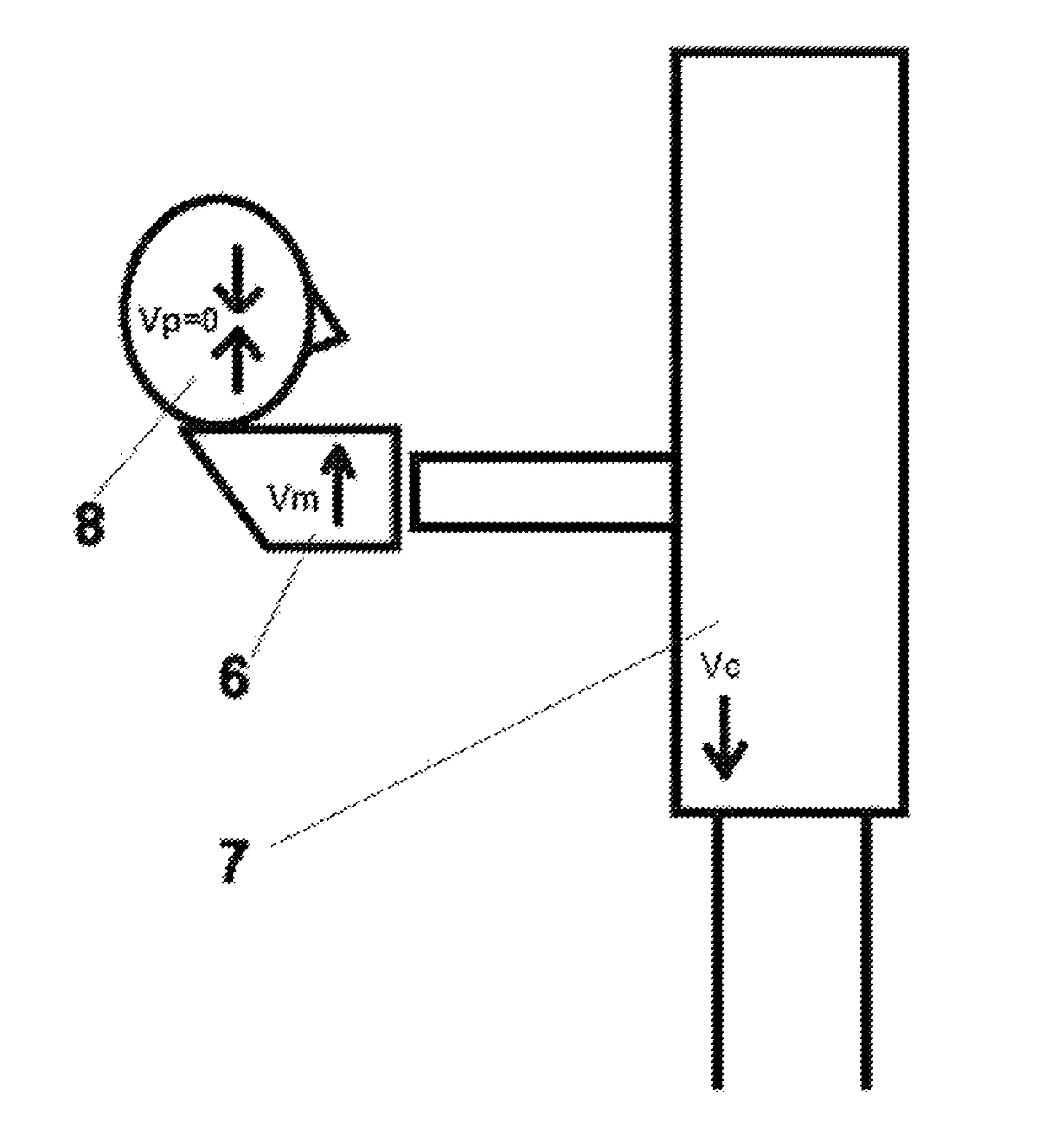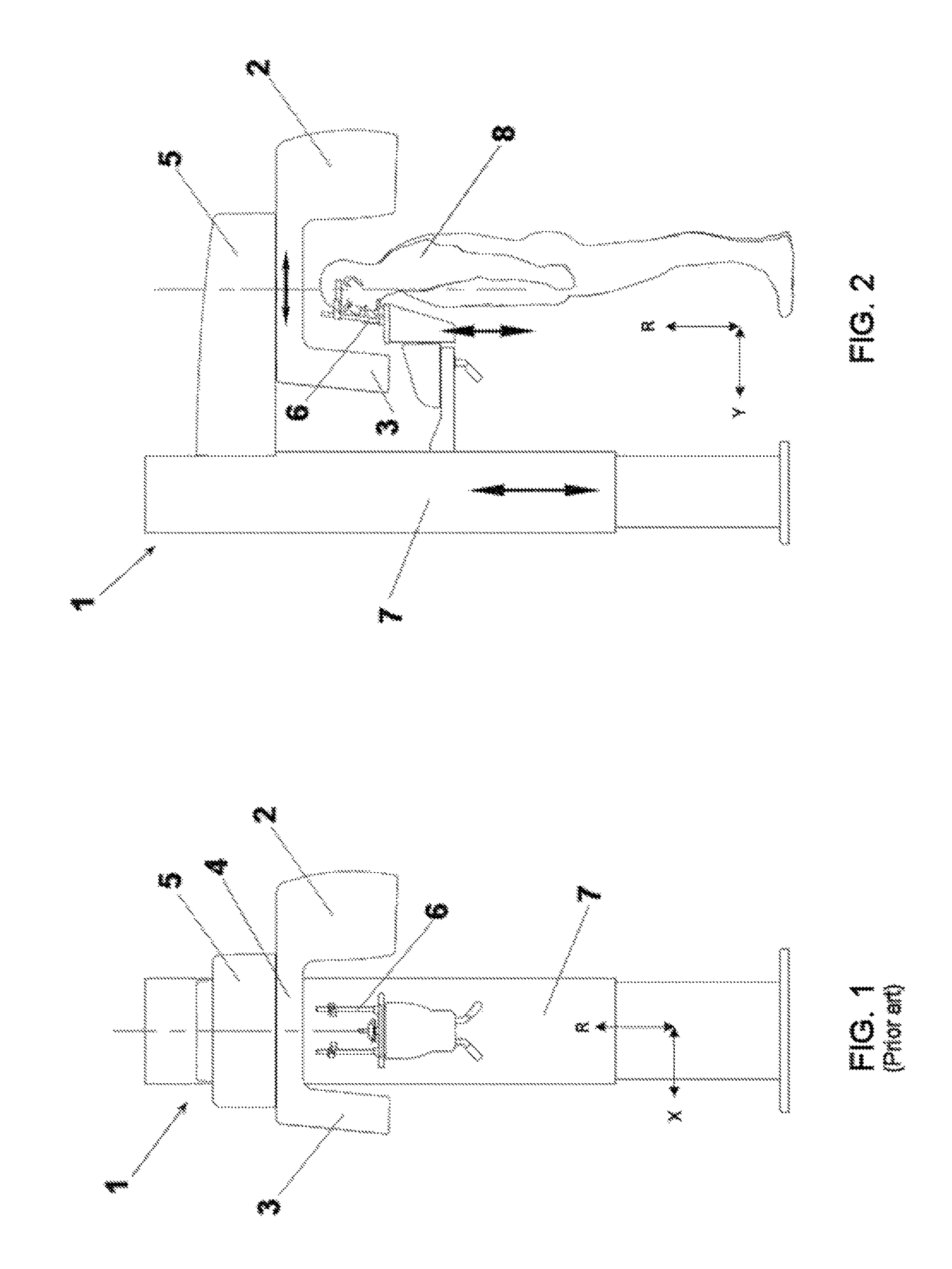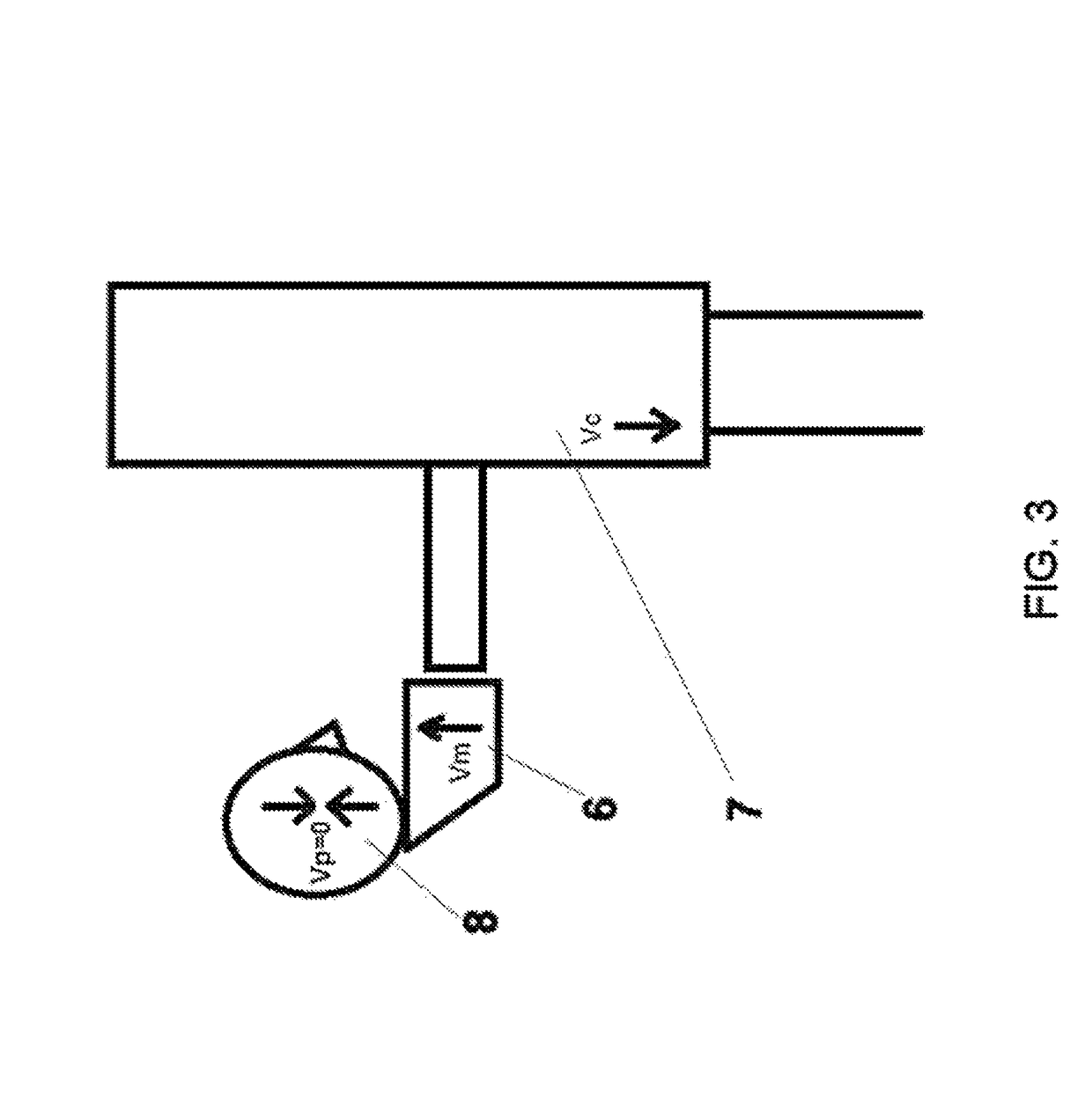Method and apparatus for increasing field of view in cone-beam computerized tomography acquisition
a computerized tomography and field of view technology, applied in tomography, instruments, applications, etc., can solve the problems of insufficient compensation and more expensive components, and achieve the effect of reducing patient movement, shortening acquisition time, and reducing the cost of components
- Summary
- Abstract
- Description
- Claims
- Application Information
AI Technical Summary
Benefits of technology
Problems solved by technology
Method used
Image
Examples
first embodiment
[0042]In a first embodiment, the present invention is integrated in the vertical apparatus shown in FIG. 2.
[0043]In this first embodiment, patient 8 is positioned in patient positioning group 6, and a first subacquisition of a first subvolume is performed (e.g. of the patient's mandible). At the end of this first subacquisition, either ray group 4 or patient positioning group 6 is re-positioned and a second subacquisition is performed (e.g. of the patient's mandible). Once the two subvolumes have been acquired, they are registered so as to obtain a reconstructed FOV bigger than that obtainable through a single acquisition, as described in the flow chart of FIG. 8.
[0044]According to the desired result, a vertical addition (e.g. mandible+maxilla) or a horizontal addition (e.g. right half of arch+left half of arch) may be necessary.
[0045]If a vertical volume addition is desired, the repositioning between the subacquisitions occurs with a synchronized movement of the lifting post and of...
second embodiment
[0052]A second embodiment relates to the horizontal apparatus shown in FIG. 5.
[0053]If a vertical volume addition must be performed, (longitudinal with respect to patient's long axis), the patient is suitably positioned on table 16, and a first subacquisition of a first subvolume is performed (e.g. of the patient's mandible). At the end of this first subacquisition, table 16 is repositioned and a second subacquisition is performed to acquire a second subvolume (e.g. of the patient's maxilla). Once the two subvolumes have been acquired, they are registered so as to obtain a reconstructed FOV bigger than that obtainable through a single acquisition, as described in the flow chart of FIG. 8. In particular, in this case table 16 is translated at a suitable distance along axis 21, perpendicular to the plane of gantry 14. An example of the result of such vertical volume addition is shown in FIG. 6.
[0054]If a horizontal volume addition is required (perpendicular to patient's long axis), th...
PUM
 Login to View More
Login to View More Abstract
Description
Claims
Application Information
 Login to View More
Login to View More - R&D
- Intellectual Property
- Life Sciences
- Materials
- Tech Scout
- Unparalleled Data Quality
- Higher Quality Content
- 60% Fewer Hallucinations
Browse by: Latest US Patents, China's latest patents, Technical Efficacy Thesaurus, Application Domain, Technology Topic, Popular Technical Reports.
© 2025 PatSnap. All rights reserved.Legal|Privacy policy|Modern Slavery Act Transparency Statement|Sitemap|About US| Contact US: help@patsnap.com



